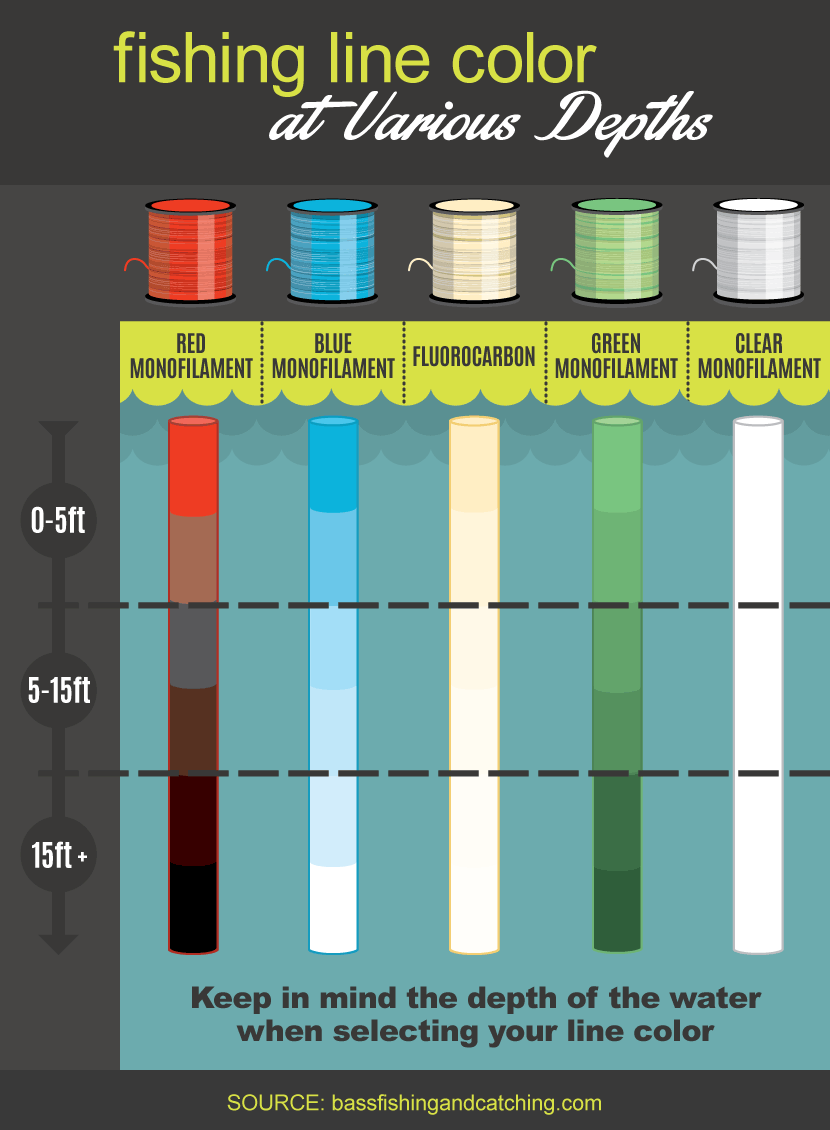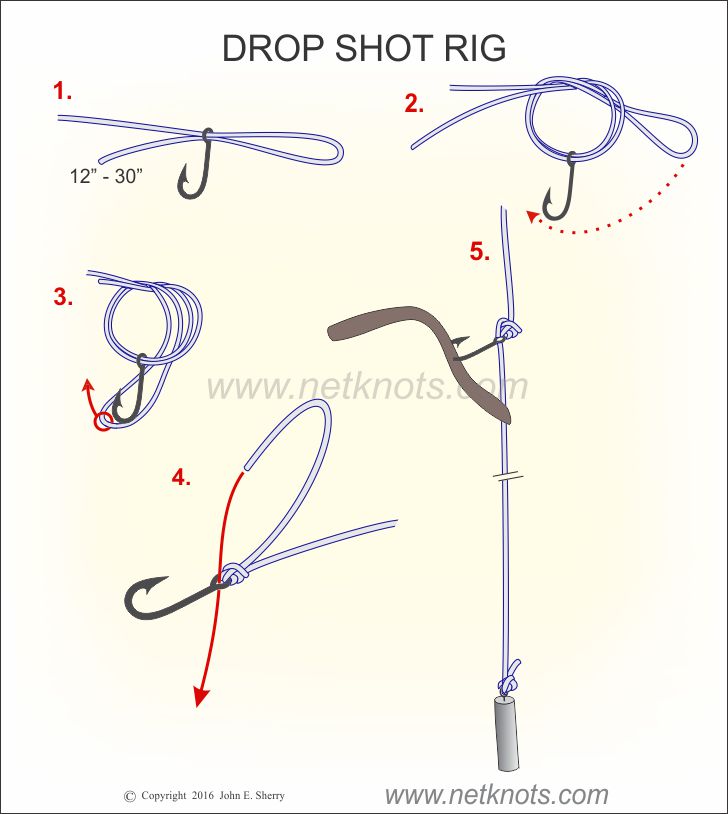Does Fishing Line Color Matter?

The color of the fishing line can impact its visibility underwater to both fish and anglers. Different colors suit various fishing environments and tactics.
Fishing line color matters because it can affect your success in catching fish; the right color can either blend in with the aquatic environment or stand out, depending on your strategy. Anglers choose line color based on water clarity, the time of day, and the type of fish they’re targeting.
A line that’s nearly invisible to fish, like clear or green, is often preferred in clear waters, while high-visibility lines, such as yellow or red, are popular for tracking line movement above the surface or in murky conditions.
Understanding the role of line color helps anglers optimize their approach to enhance their fishing effectiveness. Selecting the appropriate fishing line color is essential to improve your chances of a bountiful catch.
The Debate Around Fishing Line Visibility
The visibility of fishing line color in water is a hot topic. Underwater environments are unique. They filter light differently. This affects how fish see colors. Light and water depth change color visibility. This means the line color could be invisible at certain depths.
Let’s talk about fish and sight. Different species have varied visual abilities. Some fish see colors well. Others do not.
It’s important to know what fish you’re after. Line color could help or hurt your catch rate. Therefore, choosing the right line color is crucial. It should match the species’ sight and the water conditions.
Types Of Fishing Line Colors
Choosing the right fishing line color can greatly affect your success in fishing. Each color offers unique benefits that can help in different fishing conditions.
The clear line is almost invisible underwater. This gives an advantage because fish cannot see it. It is ideal for fishing in clear waters where fish are wary.
If you need the line to be visible above water, bright lines are key. Anglers use them to watch for nibbles and manage complex fishing techniques.
Camouflaged lines are designed to blend with specific environments. They look like natural surroundings. This makes them great for fishing in places with heavy vegetation or rocky bottoms.
Scientific Insights Into Line Color And Fish Behavior
Scientific studies reveal much about fish and color. Fish see colors differently below water. This changes how we think about fishing line colors. Certain colors disappear as depth increases. This means some lines are less visible to fish.
The visibility of a fishing line can affect fish behavior. A visible line might scare a fish. Sometimes, less visible lines get more strikes. Fishers use this info to choose the best line color for success.
| Depth (feet) | Color Visibility | Effect on Strikes |
|---|---|---|
| 0-3 | Most colors are visible | Minimal impact |
| 3-7 | Some colors fade | More strikes on less visible lines |
| 7+ | Many colors invisible | Less visible lines preferred |

Credit: britishseafishing.co.uk
Environmental Factors Affecting Line Choice
Choosing the right fishing line color can be crucial, especially considering water clarity. Clear waters allow fish to see lines, making low-visibility options better for stealth. Turbid or stained water calls for brighter lines, enabling anglers to see movement and bites.
Understanding depth and light penetration also guides selection. At greater depths, less light can make the line color less noticeable. Anglers must pick a line that will blend in at the level they are fishing.
The surrounding vegetation and bottom composition influence line visibility. In areas with heavy vegetation or dark bottoms, a green line might blend in well. Conversely, sandy or rocky areas may require different hues to match the bottom effectively.
Angler Experiences And Preferences
Many anglers believe that fishing line color plays a crucial role in their success. Conversations with experienced fishermen reveal a mix of opinions. Some swear by a certain hue, claiming better catches with invisible or camouflaged lines. Others feel color does not matter as much as technique.
| Line Color Preference | Percentage of Anglers |
|---|---|
| Clear | 40% |
| Green | 35% |
| Blue | 15% |
| Yellow | 10% |
Surveys indicate a preference for clear and green lines. These selections possibly help lines blend with the water. Visibility is a factor for both fish and fishermen. Less noticeable lines may increase the odds of a catch.

Credit: www.affordabletackle.com
Expert Tips For Selecting The Right Line Color
Choosing the appropriate fishing line color significantly affects your success rate in the water. Light conditions and water clarity are critical factors to consider.
Mimicking the surrounding environment can help your line blend seamlessly. In clear water, opt for colors that match the local forage — commonly greens and browns. This technique, known as “matching the hatch,” can improve catch rates.
Contrast is key in murky conditions where visibility is low. Brighter hues like yellows or blues can stand out, aiding in line monitoring. It’s essential to make your line easily distinguishable against varied backdrops.

Credit: m.youtube.com
Frequently Asked Questions
What Is The Best Color For Fishing Line?
The best color for fishing lines varies; clear or blue lines blend well in open water, while green suits algae-rich areas. Visibility depends on water conditions and fishing environments, so select a color that matches your fishing scenario for optimal results.
Can Fish See Different Color Fishing Lines?
Yes, fish can perceive different colors of fishing lines, with some colors being more visible underwater than others. Clear or blue lines tend to be less visible to fish.
Can Bass See Color Fishing Line?
Bass can perceive color, which influences their ability to detect fishing lines. Choosing a line that blends with the water can improve success rates.
Does Color Matter To Fish?
Yes, color matters to fish as they can perceive colors and often use this ability for activities like finding food and recognizing mates. Different species may respond to colors uniquely, which affects fishing lure success.
Conclusion
Choosing the right fishing line color can make a noticeable difference. Clarity and blending capabilities should guide your selection for a successful catch.
Remember, matching line color with the environment optimizes invisibility to fish. Whether for versatility or specific scenarios, selecting with purpose enhances your fishing strategy.
Embrace experimentation to discover what works best in your favorite fishing spots.



